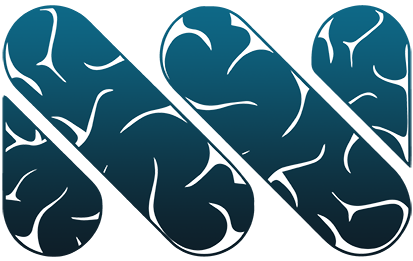
The 15th Canadian IBRO School of Neuroscience was created to advance neuroscience. This faculty consists of science experts and active students. The essential features of this faculty are scientific discussions with experts and practical training for participants.
Students in this faculty attend the annual meetings of the Canadian Neuroscience Association and present their work. This association consists of thousands of students and experts for advancing neuroscience. In the rest of this Neuroscience Network article, we will learn more about the Canadian IBRO School of Neuroscience and check all the essential points.
What is the purpose of forming the 15th Canadian IBRO School of Neuroscience?

Canadian IBRO School of Neuroscience was formed with huge goals. This faculty was created to develop neurosciences. The progress of neuroscience is made through the transfer and education of science to the novices of this field. Experienced experts come together and provide experiences to new students, preparing them for further research and undiscovered answers. In the following, you can see some of the goals of this faculty:
- Gaining new experiences along with correcting errors
- Working with analytical equipment and tools for learning and training
- Presenting student research at the annual meeting of the Canadian Society for Neuroscience in front of experts and experienced individuals
- Practical training such as writing research articles, preparing grant applications, presenting seminars and research posters
- Strengthen relationships with experienced neuroscientists and researchers
- Increasing motivation for new research and advancement of neuroscience
How is this faculty of neuroscience organized?
Canadian IBRO School of Neuroscience is organized in two ways. The first type, this school, is virtual. The virtuality of this college is held due to the way of life and the lack of conditions or any other problems. In addition to the virtual one, this faculty is in person in the second type. For people who can prepare in person at this university, this fantastic opportunity is provided for their progress. In the following, we will examine the advantages and disadvantages of both types of companies in the Canadian IBRO School of Neuroscience.
1. Virtual

Canadian IBRO School of Neuroscience will start on April 20 and continue virtually until May 4, 2022. The virtual classes of this faculty consist of three main parts. The first part is the lectures of experts, which is an essential part of these classes. The comments of the experts are recorded and presented live to the participants.
First, the lecturers of this faculty give a pre-recorded lecture to the participants. After posting these sessions, the live session with the students will be available to the virtual participants. Various topics are discussed in the live sessions, which significantly helps the students. You can see some of these topics that were discussed in previous years below:
- Axonal guidance and signals that regulate axonal regeneration
- Cell differentiation and glial development
- Reconstruction and repair of the retina
- Neural map formation and sensory encoding in olfactory and visual systems
- Computational models of synaptic integration
- Gene editing techniques
- Neurological diseases
- Using different organisms to investigate the development and function of neural circuits
- The attitude of research articles
2. Attending school
The Canadian IBRO School of Neuroscience will start face-to-face on May 12 and continue until May 25. Face-to-face classes will be held in Mentral and Tonto. Students who attend these classes in person present their research posters at the end. Montreal instructors will learn how to process recorded video data using DeepLabCut. In addition, the students of this faculty can optionally be present in the neuroscience laboratory and expand their research experience.
Who should apply to participate in this faculty?

Participating in the Canadian IBRO School of Neuroscience requires criteria such as academic achievements, letters of reference, a statement regarding how the school has progressed, publications, basic knowledge, and laboratory experience. In addition to existing criteria, students are selected based on the IBRD Regional Committees for Africa and Latin America. After checking these criteria, you can apply to participate in this school. In the following, you can see those who must apply to participate in this faculty:
- Young neuroscience researchers
- Neuroscience graduate students
- Postdoctoral students
Expenses covered for participants in this faculty

Canadian IBRO School of Neuroscience covers various expenses for participants. For example, for the costs covered by this faculty, the following can be mentioned:
- Travel expenses
- Accommodation fees
- Food cost
- Registration fee in the forum
- annual meeting
Attending the Canadian IBRO School of Neuroscience pays for all of the above. But some other costs, such as visa and immigration conditions, are the student’s responsibility.

